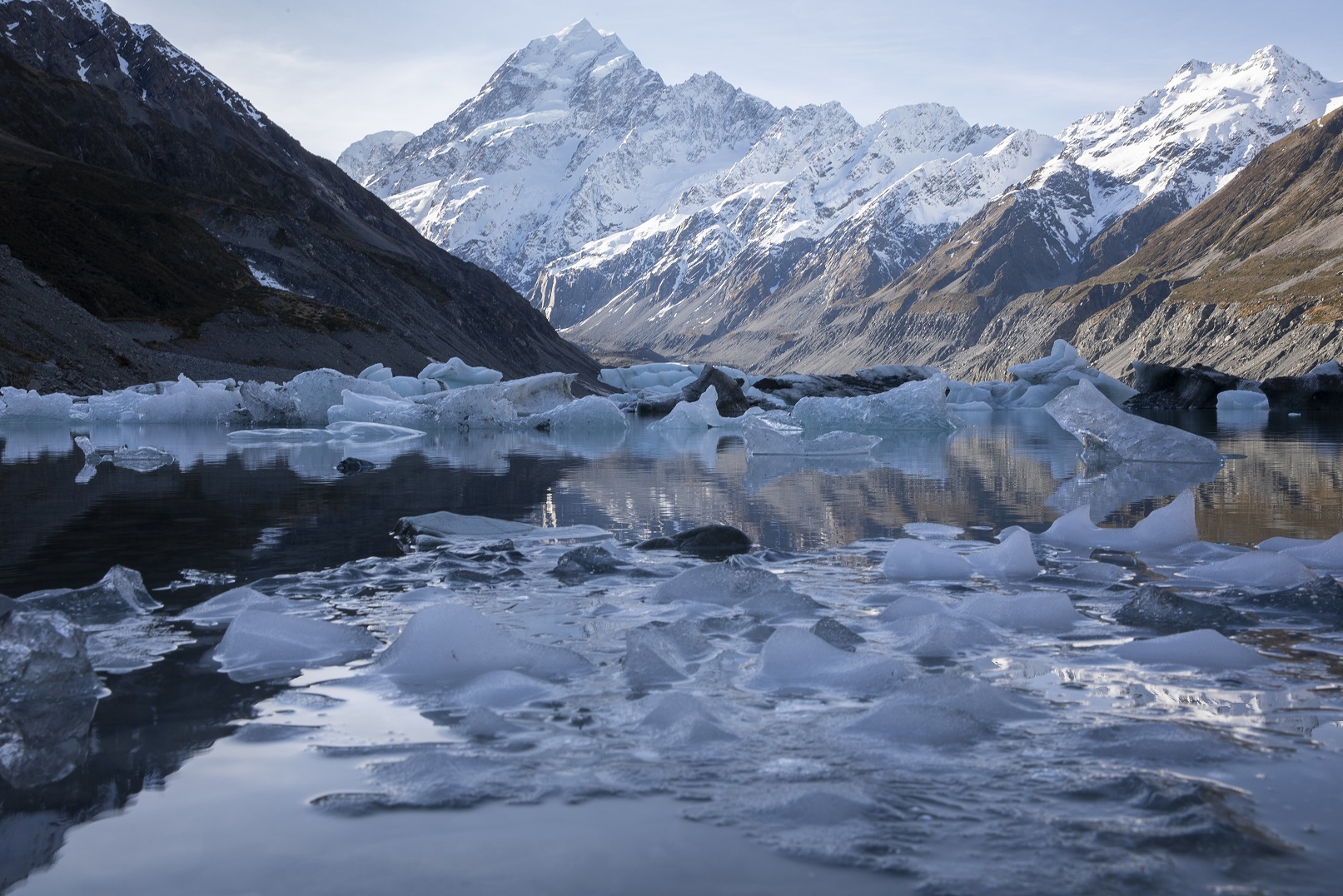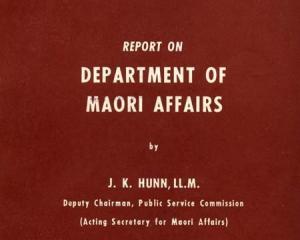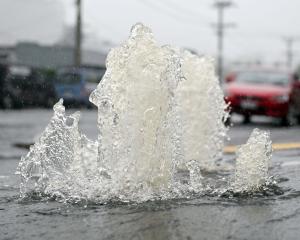
But back to Aoraki. I ventured to Aoraki a number of times over the years, and it was always clouded over, in a shroud and I never really felt connected to it. However, this summer it stood clearly, piercing the sky for me to lay my eyes on in absolute wonder. I walked to Aoraki twice. First day was with my whānau, dad, brother, my niece and nephew and my oldest and youngest kids. It was hot in the sun but we got there. My nephew dined out on the narrative of Aoraki and his brothers, who brought his waka down in order to visit their step-mother, Papatūānuku, but transgressed the karakia on their return home and were turned to stone.
He said, "So, Aunty Megan, was it magic that turned them to stone?" ... and I did think about that one ... but from the perspective of a 7 year old, of course it is magic. Beautifully, he started to talk about Aoraki and his brothers, who stood there glorious and daunting. The mountainous testosterone was palpable, and my nephew fed off it.

However, to conclude here, I am, ultimately, grumpy. The Crown agreed to include in its settlement offer the return of Aoraki to Ngāi Tahu. Once the Crown had gifted Aoraki to Ngāi Tahu the iwi then gifted Aoraki to the nation as a commitment to partnership and ensuring sustainable co-management of important conservation areas in New Zealand.
Now, we arrive at Aoraki and there is nothing to be seen about its whakapapa, who Aoraki is. The narrative? The gifting of Aoraki back to the nation from my people? Absolutely nothing ... Now, I am not sure who to blame here, maybe my iwi has some work to do to get that right? But it simply isn’t good enough.
As you drive past the crystal-blue Pukaki and towards Aoraki as a gateway to the provenance of Kāi Tahu, where is that represented? There needs to be a entrance way, a pou tokomanawa, not one, but many, unavoidable and standing tall that proudly boast the history of Aoraki and his brothers. The many tourists who pass over the hills to Aoraki would relish the opportunity to understand the history and connect in their way to the whakapapa of the whenua. I find it totally abhorrent that in our Kāi Tahu spiritual homeland it is void of that narrative.
Finally, I attribute the elevation of Aoraki’s significance to leaders such as Sir Tīpene O’Regan. He drove the final stages of the Ngāi Tahu claim and he symbolised our plight with key imagery and whakapapa. He was a bringer together of our people, who had fought injustices for generations. We were tired and beat down. Aoraki became our evocative mauka, it symbolised strength, mana and unity. I really do credit Tīpene for that foresight and vision, whether I am right or wrong, that’s how I saw it. Therefore, let’s put it on our "to do list" ... embedding the narrative and the whakapapa as you drive to Aoraki National Park and hearing the whakapapa as you walk to acknowledge him.
As we walked back to our car, my son triggered this grumpiness as he questioned it, where is the history? Where is our kōrero? Why can it not be seen and heard in this place of early tribal origin. We hopped in the car and as we drove away, he wound down the window and saluted Aoraki and there was probably some part of him that felt that Aoraki had brought him closer to his dad, as he pierces the sky and transcends the human world of the living.












